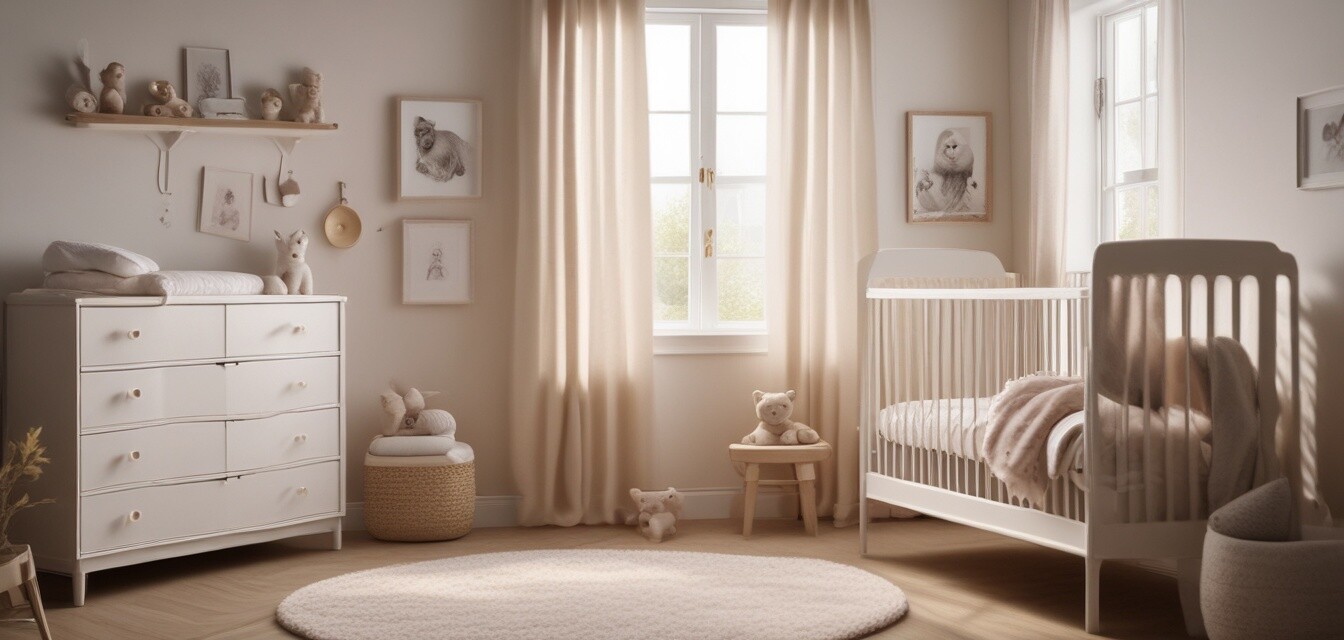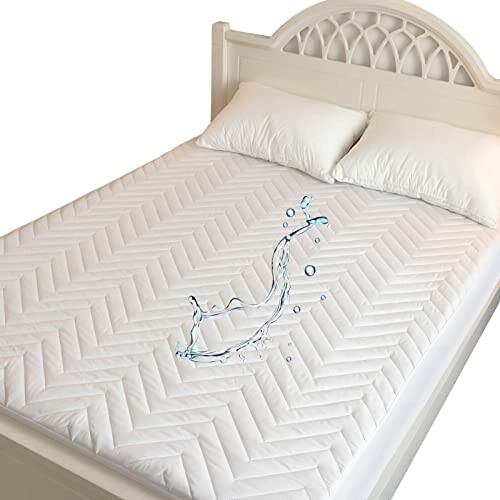
Choosing the Right Mattress Protector
Key Takeaways
- Mattress protectors enhance hygiene by keeping your mattress clean.
- They prolong the lifespan of your cot mattress by protecting against spills and wear.
- Choosing the right material and size is crucial for comfort and effectiveness.
- Consider features like waterproofing and breathability when selecting a protector.
Choosing the right mattress protector for your baby’s cot mattress can dramatically improve its hygiene and lifespan. A good mattress protector not only shields against spills and stains but also adds an extra layer of comfort. In this article, we will explore the important factors to consider when selecting the perfect mattress protector to ensure a safe and comfortable sleep environment for your little one.
Why You Need a Mattress Protector
Mattress protectors serve various essential functions for cot mattresses:
- Keeping your mattress clean: Protectors prevent spills from reaching the mattress, making it easier to maintain hygiene.
- Prolonging mattress life: By reducing wear and tear, protectors help your mattress last longer.
- Enhancing comfort: Some protectors add cushioning, improving the overall feel of the mattress.
Types of Mattress Protectors
| Type | Description | Benefits |
|---|---|---|
| Waterproof | Protects against spills and accidents. | Keeps the mattress dry and clean. |
| Hypoallergenic | Designed to reduce allergens like dust mites. | Great for children with allergies. |
| Breathable | Allows airflow while providing protection. | Helps keep the mattress cool. |
| Fitted Sheet Style | Easy to use and fits like a typical sheet. | Convenient for parents. |
Choosing the Right Size
The size of your mattress protector should match the size of your cot mattress. Common sizes include:
- Standard Cot Size: 28 x 52 inches
- Narrow Twin: 30 x 75 inches
- Travel Cot Size: 37 x 25 inches
Features to Look For
When choosing a mattress protector, consider the following features:
- Waterproofing: Essential for preventing spills from soaking into your mattress.
- Breathability: Ensure comfort; a breathable protector allows airflow.
- Machine-washable: For easy cleaning and maintenance.
Recommended Product
Kingnex Quilted Waterproof RV Bunk Mattress Protector Pad
This fitted mattress cover is designed to keep your cot safe from liquid spills, extending its lifespan.
Learn MoreTips for Maintaining Your Mattress Protector
Regular Cleaning
To keep your mattress protector in good shape, it is essential to clean it regularly:
- Machine wash on a gentle cycle with cold water.
- Tumble dry on low heat to maintain elasticity and prevent shrinkage.
- Avoid using bleach or harsh detergents as these can damage the fabric.
Check for Damage
Periodically inspect the protector for wear and tear. Look for:
- Holes or tears that can allow liquids to seep through.
- Elasticity loss along the edges that prevents a snug fit.
Conclusion
Choosing the right mattress protector for your cot mattress is a crucial aspect of maintaining a clean and safe sleep environment for your baby. By considering factors such as size, type, and special features, you can help ensure your child's mattress remains protected and comfortable for years to come. For more information on choosing the right cot mattress, check out our guide on Choosing the Right Cot Mattress.
For additional tips on cot mattress care, visit our Cot Mattress Care & Maintenance page.
